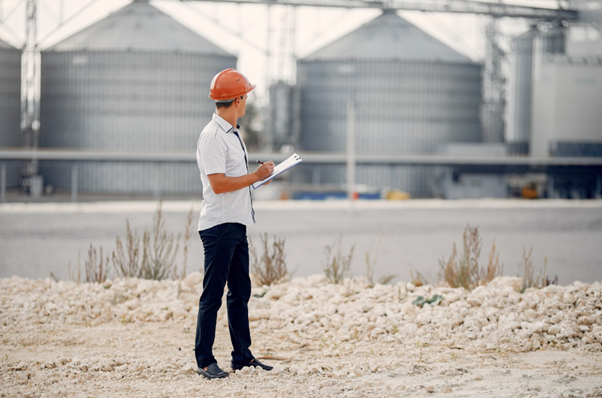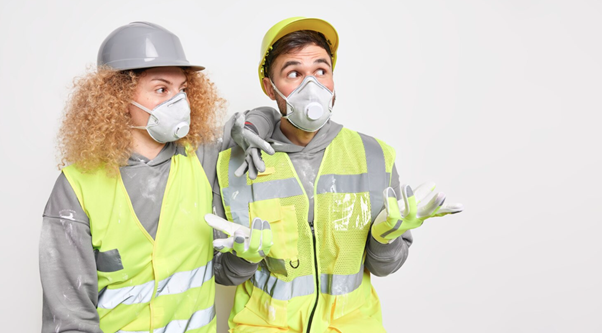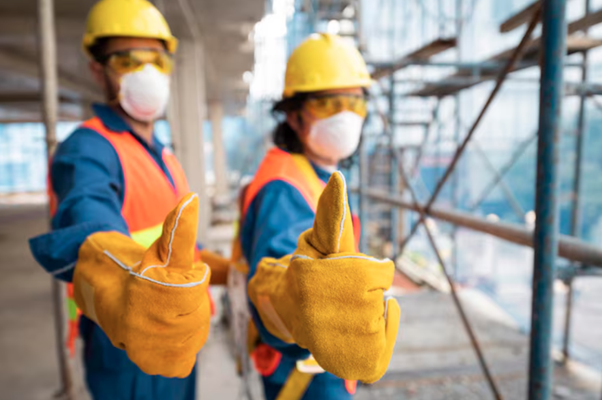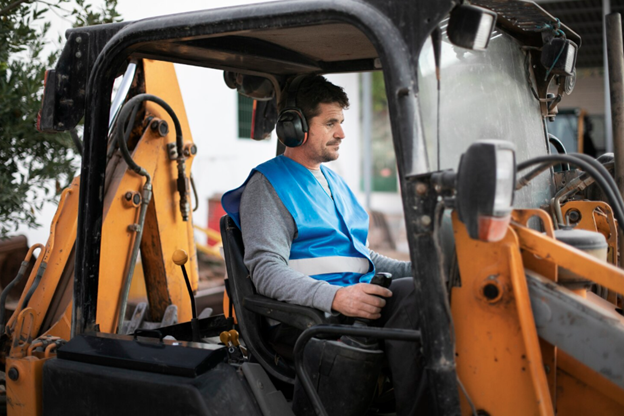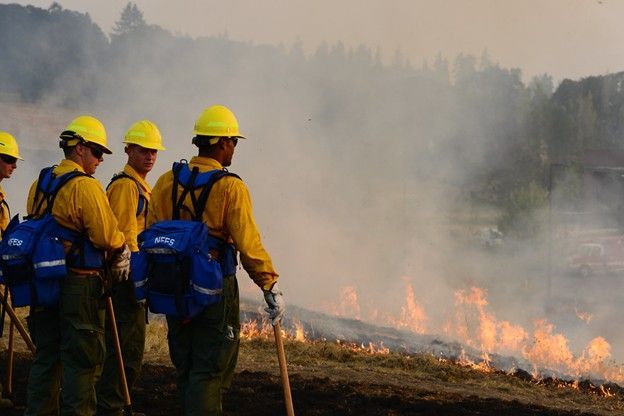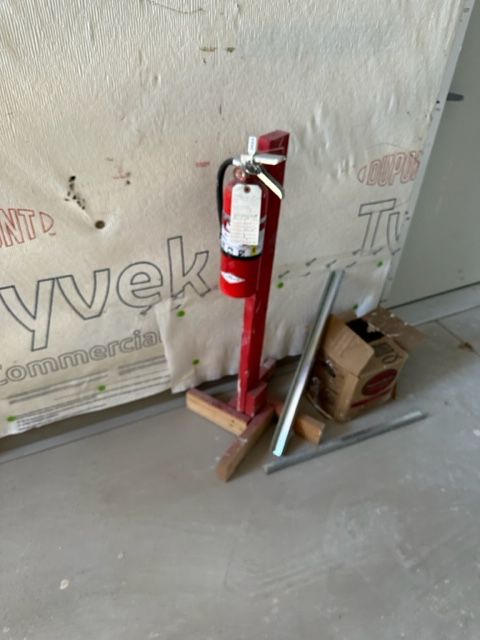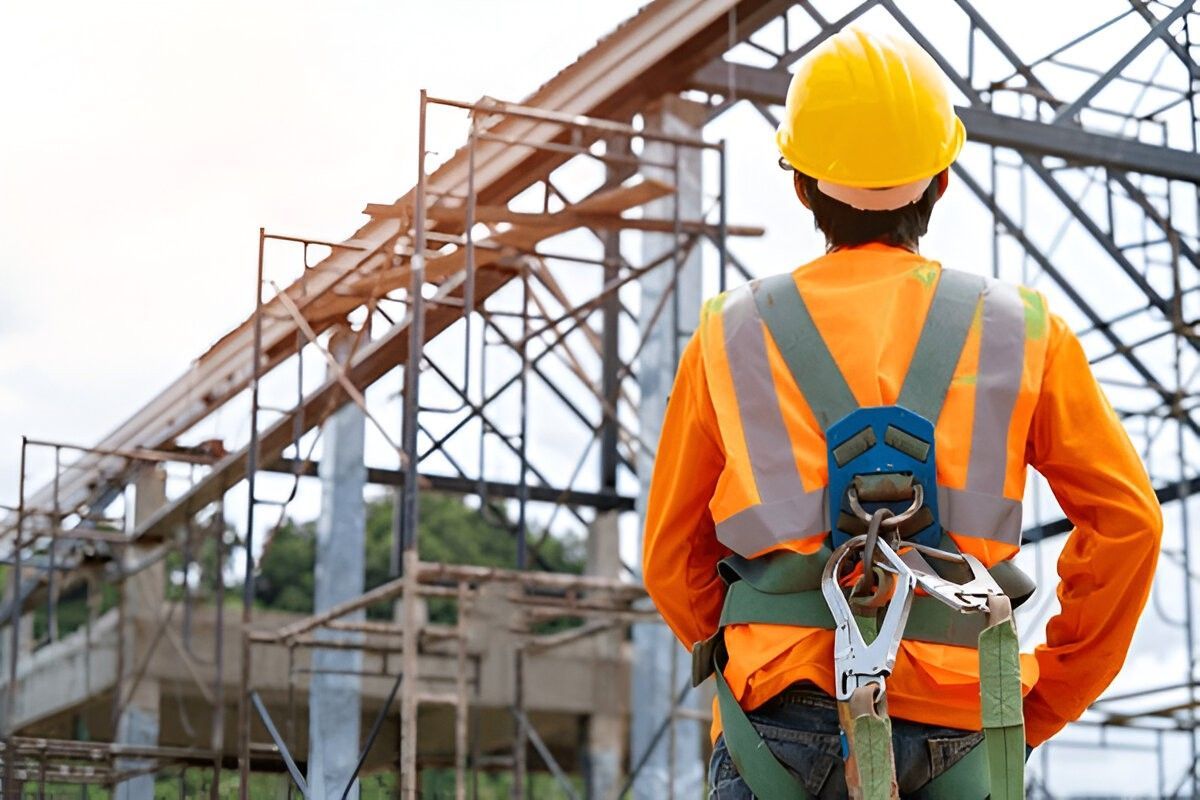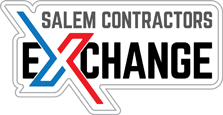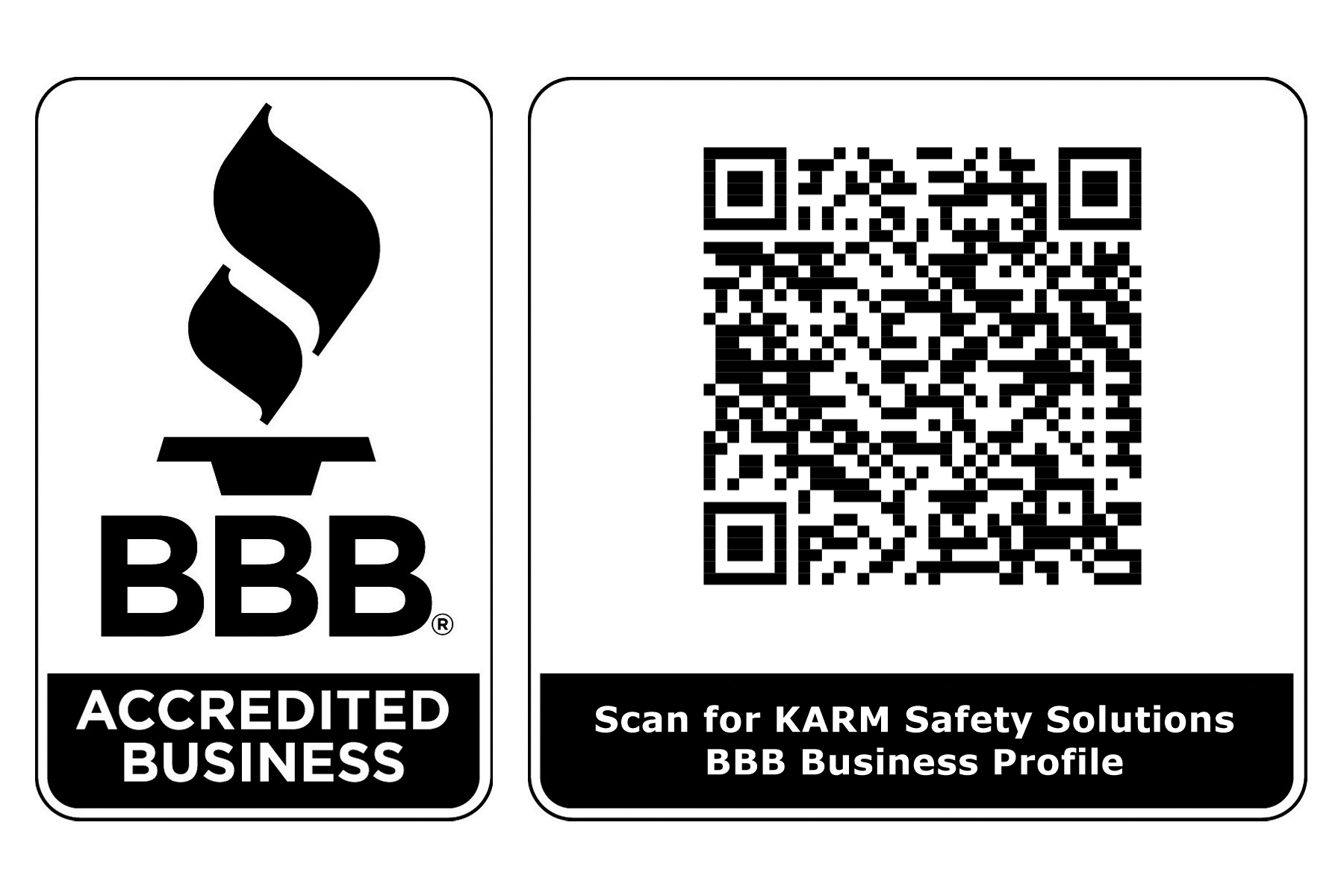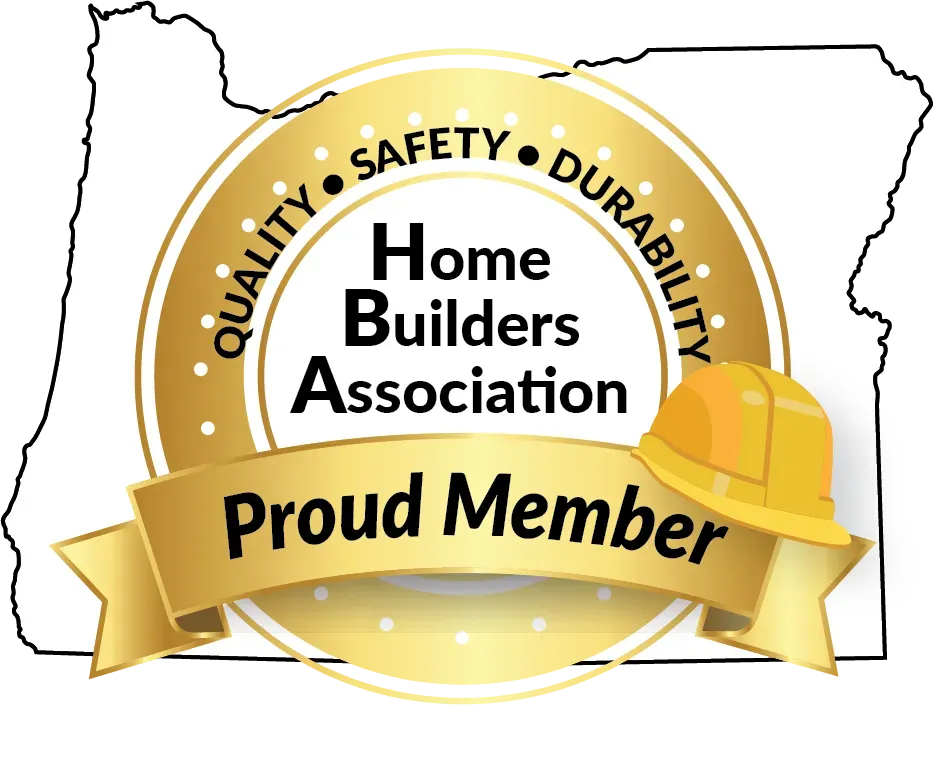Is OSHA Rigging Inspection Requirements Training Critical for Your Crew?
Handling heavy loads safely requires more than experience; it demands knowledge. OSHA rigging inspection requirements provide crews with the know-how to examine equipment, identify hazards, and ensure every lift is performed safely. Proper training reduces accidents, protects employees, and keeps projects on schedule, making it an essential investment for any team. Investing in the right training also builds confidence and ensures everyone understands their role in maintaining workplace safety.
Why Rigging Safety Cannot Be Ignored
Ropes, slings, hooks, and chains may seem sturdy, but can fail without regular inspection. A worn cable, bent hook, or loose connection can cause serious accidents. Training helps crews understand these risks, teaching them to look beyond visible damage and check for hidden weaknesses that could compromise safety.
Even experienced operators can overlook subtle wear and tear. Training reinforces the importance of careful observation, showing workers how to detect potential failures early. By making inspection a routine habit, teams can prevent small issues from turning into major accidents that could halt operations or cause serious injuries.
Common Risks During Lifting Operations
Even small mistakes can lead to major incidents. Loads can shift unexpectedly, equipment can break, or operators can misjudge weight limits. Rigging inspection training equips workers to spot problems early, ensuring that every lift follows safety protocols and protects both personnel and materials from harm.
Environmental factors such as uneven surfaces, weather conditions, or obstructed work areas can further increase risks. Proper training educates crews on how to adjust their approach based on conditions, ensuring safe execution of lifting tasks regardless of external challenges.
Step-by-Step Inspection Practices
Knowing how often must rigging equipment be inspected is crucial for safety. Workers learn to examine hooks, chains, slings, and other hardware systematically. They check for wear, deformation, and proper function while documenting inspections. Following these steps prevents equipment failures, ensuring smooth and safe lifting operations.
Crews also learn pre-lift inspection techniques and how to report faulty equipment immediately. This process builds confidence and ensures no lift is performed with compromised tools. Regular inspections create a routine that reinforces safety culture across the site, making it easier for supervisors to monitor compliance and keep teams accountable.
Documentation is another key aspect of inspection. Training emphasizes recording each check and any maintenance performed. This recordkeeping not only supports OSHA compliance but also helps track equipment lifespan, plan replacements, and avoid unexpected breakdowns during critical operations.
Preparing for Unexpected Situations
Even with proper inspections, accidents can happen. Training covers how to react if a sling snaps or a load shifts unexpectedly. Workers learn to follow communication protocols, secure the area, and perform emergency procedures. Being prepared reduces injuries, limits damage, and ensures the team can respond calmly and efficiently.
Scenario-based exercises allow crews to practice emergency responses in a controlled setting. Simulated incidents help employees stay composed under stress, recognize hazards quickly, and take the safest course of action, improving overall site safety.
Compliance with OSHA Standards
Meeting OSHA rigging inspection requirements protects companies from legal penalties and workplace accidents. Trained crews demonstrate responsibility and maintain high safety standards. Compliance fosters a culture where safety is valued, making it clear that every team member shares responsibility for a secure work environment.
Beyond legal compliance, following OSHA standards increases trust between management and employees. Workers feel safer, and supervisors can confidently assign tasks knowing crews are equipped to handle equipment safely. This alignment between safety rules and workplace practices improves morale and productivity.
Hands-On Training Makes a Difference
Practical exercises reinforce knowledge gained in the classroom. Workers practice inspecting rigging equipment, identifying hazards, and responding to simulated emergencies. Hands-on training ensures employees not only understand safety rules but can also apply them under real-world conditions. Confidence grows as crews become capable of identifying and correcting problems immediately.
Hands-on sessions also allow workers to learn from mistakes in a controlled environment. Supervisors can provide real-time feedback, ensuring employees understand the correct procedures. Repetition of these exercises ensures that safe habits become second nature, reducing the likelihood of human error on the job site.
Long-Term Benefits for Teams
Investing in rigging inspection training minimizes accidents, reduces insurance costs, and improves operational efficiency. Experienced employees can guide new workers, sharing insights and best practices. A trained crew handles equipment safely, communicates clearly, and consistently performs lifts to industry standards, ensuring smooth and secure operations.
Over time, a well-trained team also contributes to cost savings by avoiding equipment damage and downtime. Preventive inspections and safe lifting practices extend equipment lifespan and reduce the frequency of replacements, creating a safer and more economical workplace.
Final Recap:
At KARM Safety Solutions, our rigging equipment inspection training combines detailed instruction with real-life exercises. We teach teams to spot risks, follow inspection steps carefully, and act decisively during emergencies. Our training ensures crews are confident, skilled, and capable of maintaining safe and compliant lifting operations every day. We also provide ongoing guidance to ensure safety standards remain high even after training. Our instructors focus on practical scenarios and industry best practices, helping employees retain knowledge and apply it consistently across all lifting tasks.
Protect your crew and equipment by investing in proper rigging inspection training. Prioritizing safety today reduces accidents, improves efficiency, and strengthens your workforce for the long term.
FAQs:
1. What is OSHA rigging inspection requirements training?
It teaches workers to inspect rigging equipment, identify hazards, and ensure safe lifting operations.
2. Who should take rigging inspection training?
Operators, supervisors, and crew members involved in lifting tasks should complete proper training.
3. How often should rigging equipment be inspected?
Equipment must be checked regularly based on usage, load, and OSHA guidelines to prevent failures.
4. What risks do untrained rigging personnel face?
They may face accidents from equipment failure, load shifts, or improper handling, risking injuries.
5. Why is hands-on inspection training important?
It allows crews to practice identifying hazards and performing safe lifts under real-world conditions.
